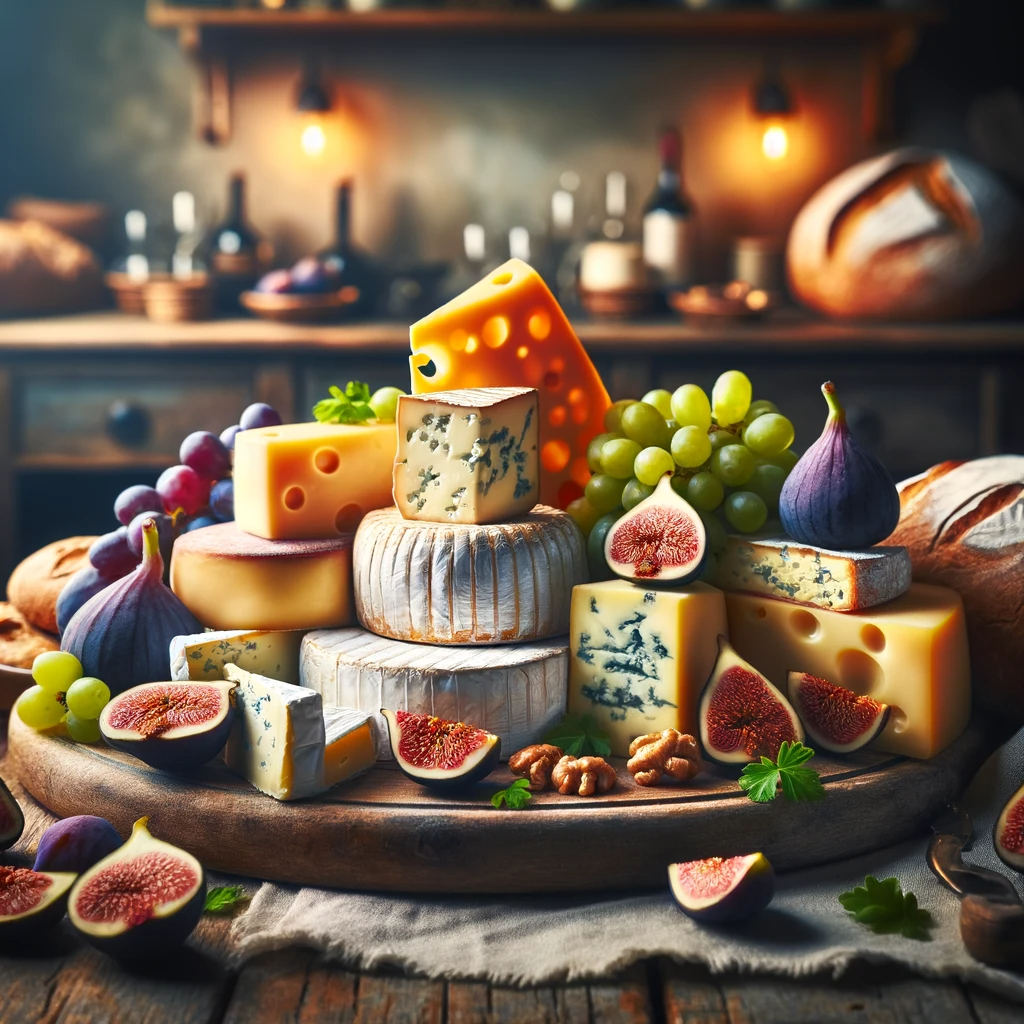Cheese, a beloved dairy product enjoyed worldwide, is the result of a complex and fascinating process that involves the interaction of various microorganisms, primarily bacteria. While cheese-making might seem like an ancient and simple craft, the role of bacteria in cheese ingredients and fermentation is a crucial aspect that greatly influences the flavor, texture, and quality of the final product.
The Basics of Cheese-Making
Before we delve into the specifics of bacteria’s role in cheese, let’s briefly explore the cheese-making process itself. Cheese production begins with milk, typically from cows, goats, or sheep. The milk is first heated and then curdled, either through the addition of acids like vinegar or through the introduction of specific enzymes, known as rennet. This curdling process separates the milk into solid curds and liquid whey.
Bacteria: The Unsung Heroes of Cheese-Making
1. Lactic Acid Bacteria (LAB)
- Primary Actors: Lactic acid bacteria, such as Lactococcus, Streptococcus, and Lactobacillus, play a pivotal role in cheese fermentation. They convert lactose, the natural sugar in milk, into lactic acid through a process called lactic acid fermentation.
- Flavor Development: This acidification process not only imparts a tangy taste to the cheese but also helps preserve it by lowering the pH, creating an inhospitable environment for harmful bacteria.
- Texture Enhancement: LAB also contribute to the development of cheese’s unique texture by breaking down proteins and producing exopolysaccharides, which affect its mouthfeel and consistency.
2. Propionic Acid Bacteria
- Swiss Cheese Special: Certain cheese varieties, like Swiss and Emmental, owe their distinctive holes and nutty flavor to propionic acid bacteria. These bacteria produce carbon dioxide gas during fermentation, creating characteristic bubbles or “eyes” in the cheese.
- Propionic Acid Production: In addition to CO2, propionic acid bacteria produce propionic acid and acetic acid, which contribute to the cheese’s flavor profile, giving it a mild, slightly sweet taste.
3. Flavor-Enhancing Bacteria
- Complex Aromas: Brevibacterium linens and other surface bacteria are responsible for the development of aromatic compounds in washed-rind cheeses. These bacteria contribute to the pungent, sometimes stinky, odor and intense flavors found in cheeses like Limburger and Munster.
- Ripening and Aging: These bacteria thrive on the surface of the cheese, breaking down proteins and fats, transforming them into flavorful compounds that mature and develop complexity over time.
Managing Bacteria for Optimal Cheese Production
Effective cheese-making involves careful management of bacteria, as their activity directly impacts the cheese’s characteristics. Here are some key considerations:
1. Starter Cultures
- Controlled Fermentation: Cheese makers often use specific strains of LAB as starter cultures to initiate fermentation. This ensures a controlled and consistent process, leading to predictable flavor and texture outcomes.
- Customization: Different starter cultures can be employed to create a wide range of cheese varieties, from mild to sharp, soft to hard, and creamy to crumbly.
2. Temperature and Humidity
- Microbial Activity: Controlling temperature and humidity during cheese production is critical for regulating bacterial growth and metabolic activity. Different bacteria thrive at different temperature ranges, so adjustments are made accordingly.
- Ripening Environments: Cheese caves and cellars are carefully designed to provide the ideal conditions for bacteria to work their magic during the aging process.
3. Monitoring and Quality Control
- Regular Testing: Cheese makers perform routine testing to monitor bacterial activity, pH levels, and overall quality. Adjustments can be made as needed to achieve the desired flavor and texture.
Conclusion
In the world of cheese, bacteria are the unsung heroes responsible for transforming ordinary milk into the diverse array of cheeses we love and savor. From the tangy freshness of a young chèvre to the nutty complexity of aged Gouda, bacteria’s role in cheese ingredients and fermentation is both fascinating and indispensable. Understanding and harnessing the power of these tiny microorganisms is essential for cheese makers to craft their artisanal creations, delighting our taste buds with every bite. So, the next time you enjoy a cheese platter or savor a cheesy dish, remember to appreciate the complex role bacteria play in shaping that delectable dairy delight.
